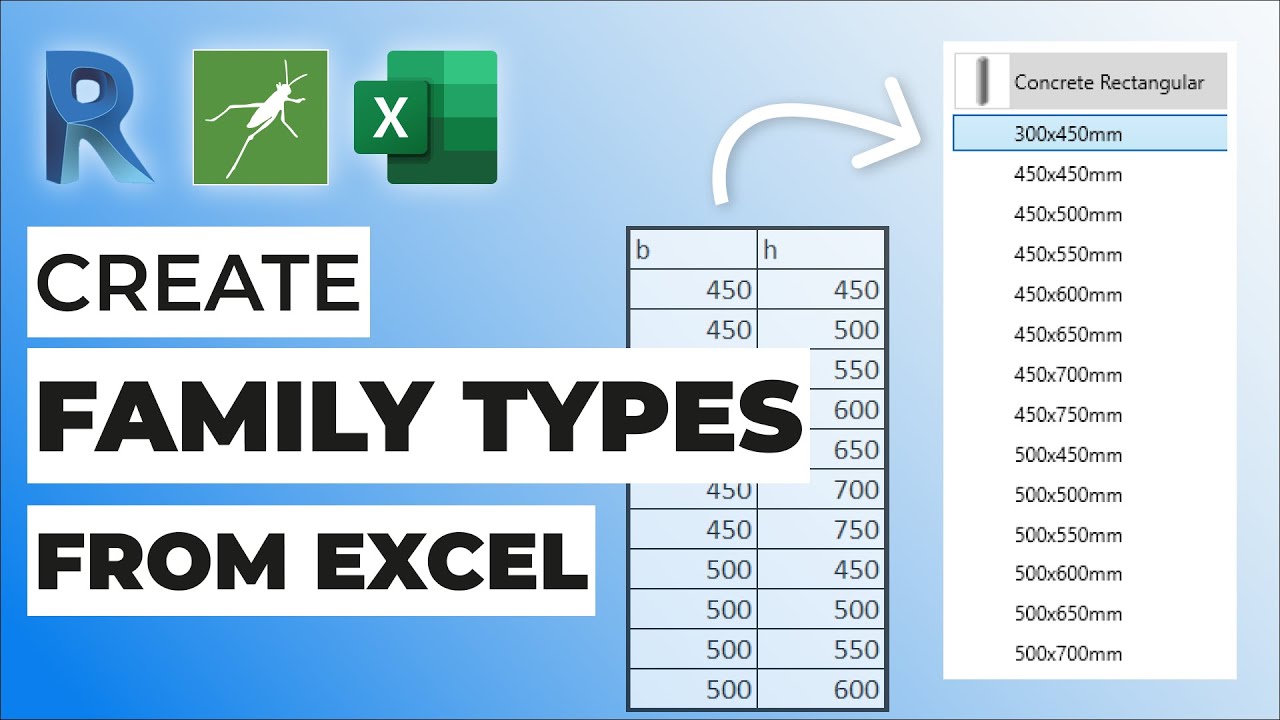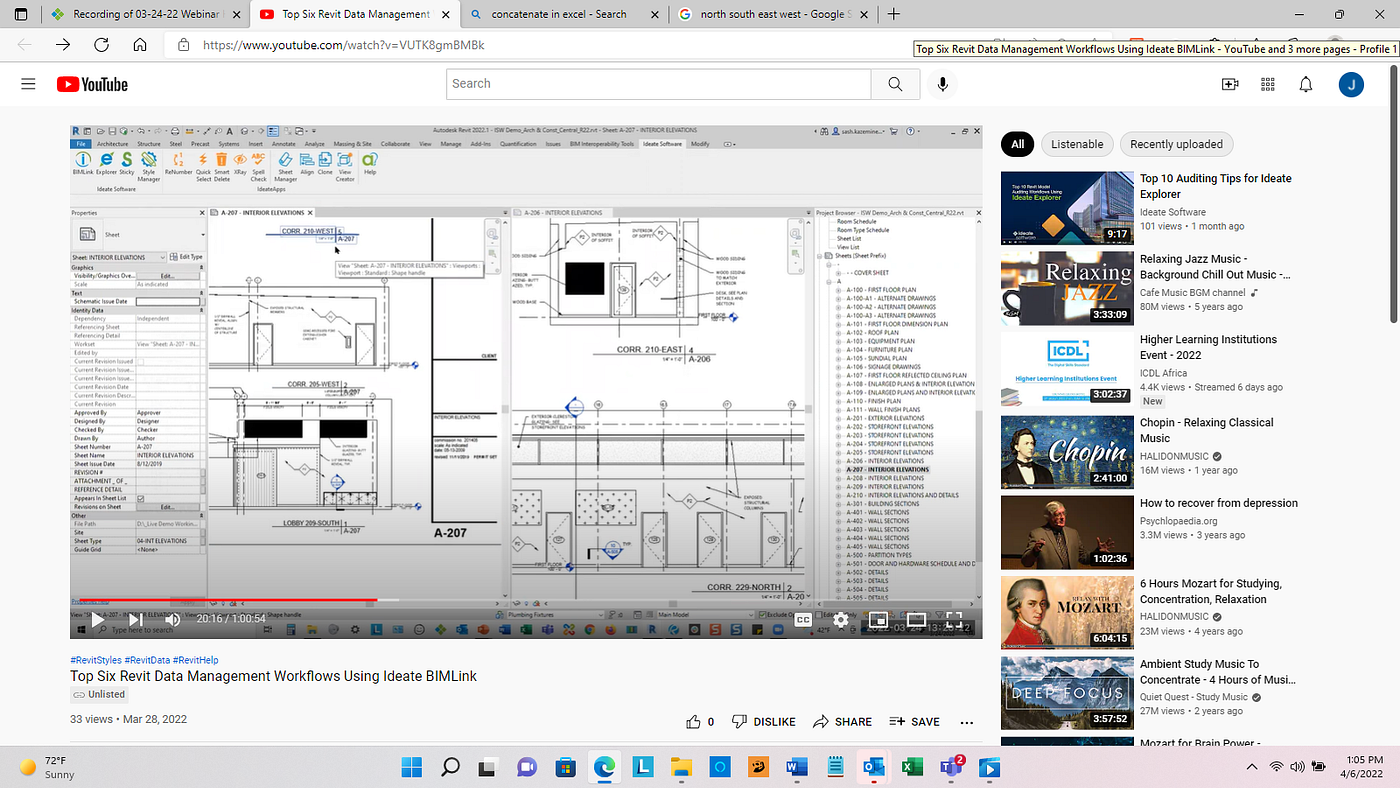Maximize Your Workflow with Revit Add Ins and Plugins
Wiki Article
Grasping the Art of Information Integration: Just How to Seamlessly Import Excel Info Into Revit
Are you battling to import Excel files into Revit efficiently? Look no more! In this post, we will assist you via the process of understanding the art of data combination. Discover the value of smooth assimilation in Revit and explore the Excel data layout for Revit integration. Obtain prepared to prepare your Excel information effortlessly and follow our detailed overview to import documents into Revit. With our ideal techniques, you'll achieve information combination success in a snap. Allow's obtain started!Comprehending the Value of Information Combination in Revit
Comprehending the significance of data assimilation in Revit is essential for seamless importing of Excel files. It enables you to successfully upgrade and manage info throughout the entire task when you incorporate data from Excel into Revit. This integration ensures that your layout and building and construction process is updated and exact.By integrating information, you can easily import and upgrade parameters, timetables, and even geometry in Revit. This removes the requirement for manual data entrance, conserving you time and minimizing the danger of mistakes. With Revit's data combination abilities, you can keep consistency and precision in your job, while also improving partnership among team members.

Checking Out the Excel Data Format for Revit Assimilation

In order to efficiently incorporate Excel files right into Revit, it is important to ensure that the information is formatted appropriately. This includes properly identifying rows and columns, in addition to structuring the information in a manner that works with Revit's data schema. Revit uses particular specifications and classifications to arrange data, so it is necessary to straighten the Excel information with these criteria to guarantee a seamless integration.
Additionally, it is essential to keep in mind that Revit only sustains specific information types when importing from Excel. These consist of text, numbers, and days. Any type of other data kinds, such as formulas or conditional format, will certainly not be acknowledged by Revit and may trigger problems throughout the integration process.
Preparing Your Excel Data for Seamless Import Into Revit
To guarantee a smooth assimilation process, you'll require to correctly style and tag the columns and rows in your Excel information before importing it right into Revit. Begin by analyzing your Excel information and determining which rows and columns include relevant information for your Revit project.Following, ensure that the information in each column is correctly formatted. For instance, if you have a column for measurements, see to it that all dimensions are consistently formatted in the exact same units of dimension. Revit relies upon regular format to precisely interpret and import data.
In addition, it is necessary to look for any kind of empty cells or variances in your data. Revit might not be able to check out or import data from cells that are vacant or contain errors. It is recommended to examine your Excel information and clean up any type of disparities prior to importing it right into Revit.
Step-By-Step Overview to Importing Excel Data Into Revit
Once you have actually correctly formatted and labeled your Excel data, you can quickly import it right into Revit by following this detailed overview. To begin, open Revit and browse to the "Insert" tab. Click on "Import CAD" and choose "Import Excel" from the dropdown food selection. A brand-new home window will appear, asking you to locate the Excel file you wish to import. Surf your computer and choose the Excel data, import excel into revit then click "Open."Next, a dialog box will certainly appear, permitting you to customize the import setups. Here, you can choose the worksheet you intend to import, specify the range of cells to import, and pick the proper units for your data. Once you have actually made your selections, click "OK" to proceed.
Revit will certainly currently show a sneak peek of your Excel information. Take a moment to make certain and review the sneak peek that whatever looks appropriate. If required, you can make modifications to the import setups by clicking on the "Setups" switch.
Finest Practices for Information Assimilation Success in Revit
Make certain you adhere to these finest practices to guarantee successful combination of data in Revit. It is critical to organize your information in Excel before importing it right into Revit. Be conscious of the data and devices kinds when mapping the information, as any discrepancies can lead to errors in the assimilation procedure.Another important practice is to routinely validate and upgrade your data. As your job progresses, it is necessary to maintain your Excel file as much as day with any kind of modifications made in Revit. This will certainly assist preserve the precision and uniformity of your data throughout both platforms. Additionally, make use of information validation devices within Revit to determine any mistakes or disparities in the incorporated data.
Finally, it is recommended to establish a clear process for information assimilation. This consists of defining responsibilities and functions, establishing an interaction network between staff member, and developing a routine cadence for information updates and evaluations. By adhering to these finest techniques, you can make certain a smooth and effective combination of data in Revit, ultimately boosting the performance and precision of your task.
Conclusion
To conclude, mastering the art of data integration is critical for smooth import of Excel files into Revit. Recognizing the relevance of data combination in Revit is the very first step in the direction of successful assimilation. Exploring the Excel documents layout for Revit combination helps in understanding the demands and restrictions. Preparing the Excel data properly and following a detailed guide is crucial for a smooth import procedure. By adhering to ideal practices, you can guarantee data assimilation success in Revit and make the most out of your project.When importing data from Excel into Revit, it is crucial to comprehend the documents style and exactly how it can impact the integration procedure (import excel into revit). Revit utilizes particular parameters and categories to arrange data, so it is essential to straighten the Excel information with these criteria to guarantee a seamless combination
Be conscious of the data and units kinds when mapping the information, as any kind of inconsistencies can lead to mistakes in the combination process.
In addition, make usage of data recognition tools within Revit to identify any errors or disparities in the integrated information.

Report this wiki page